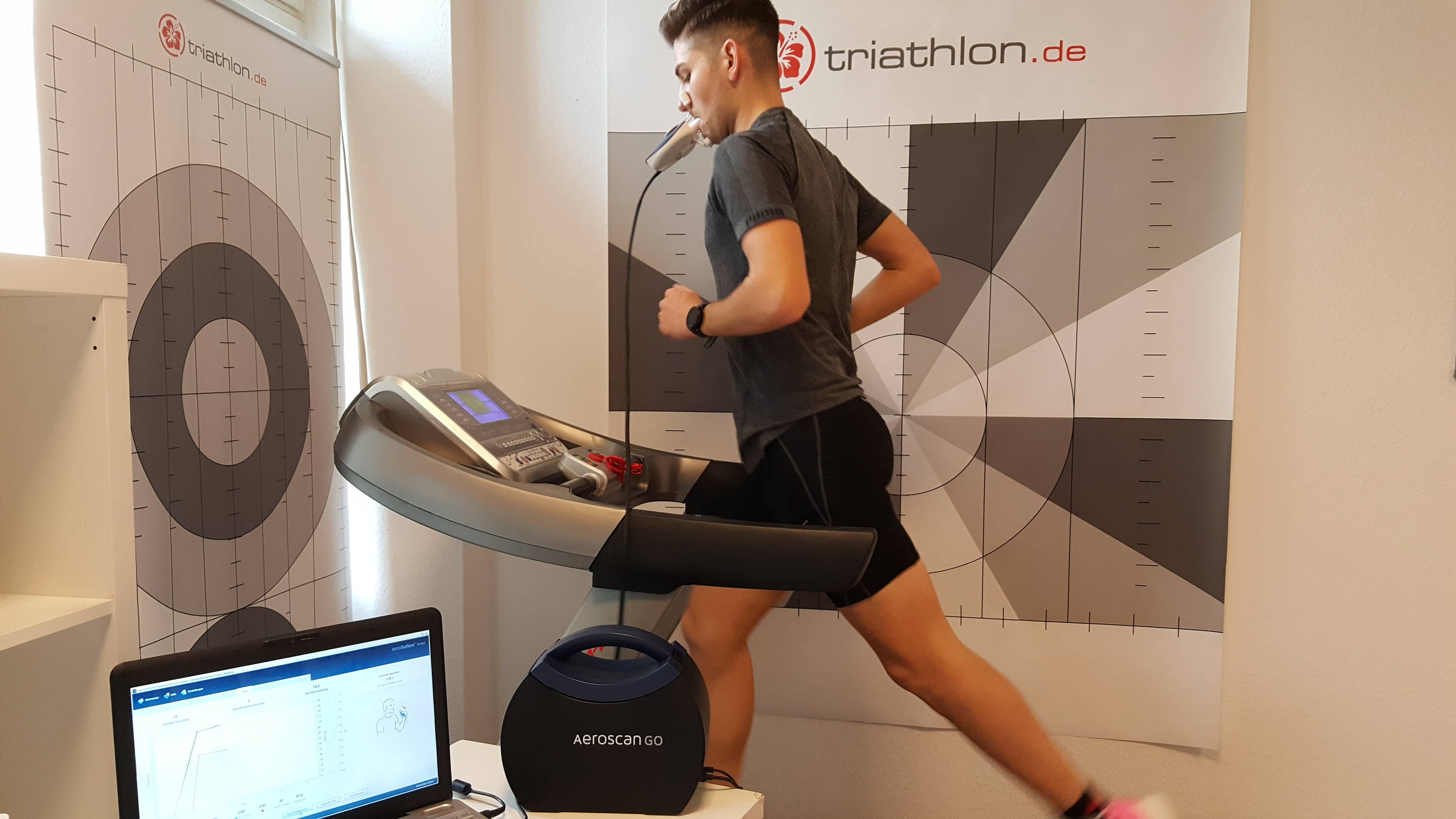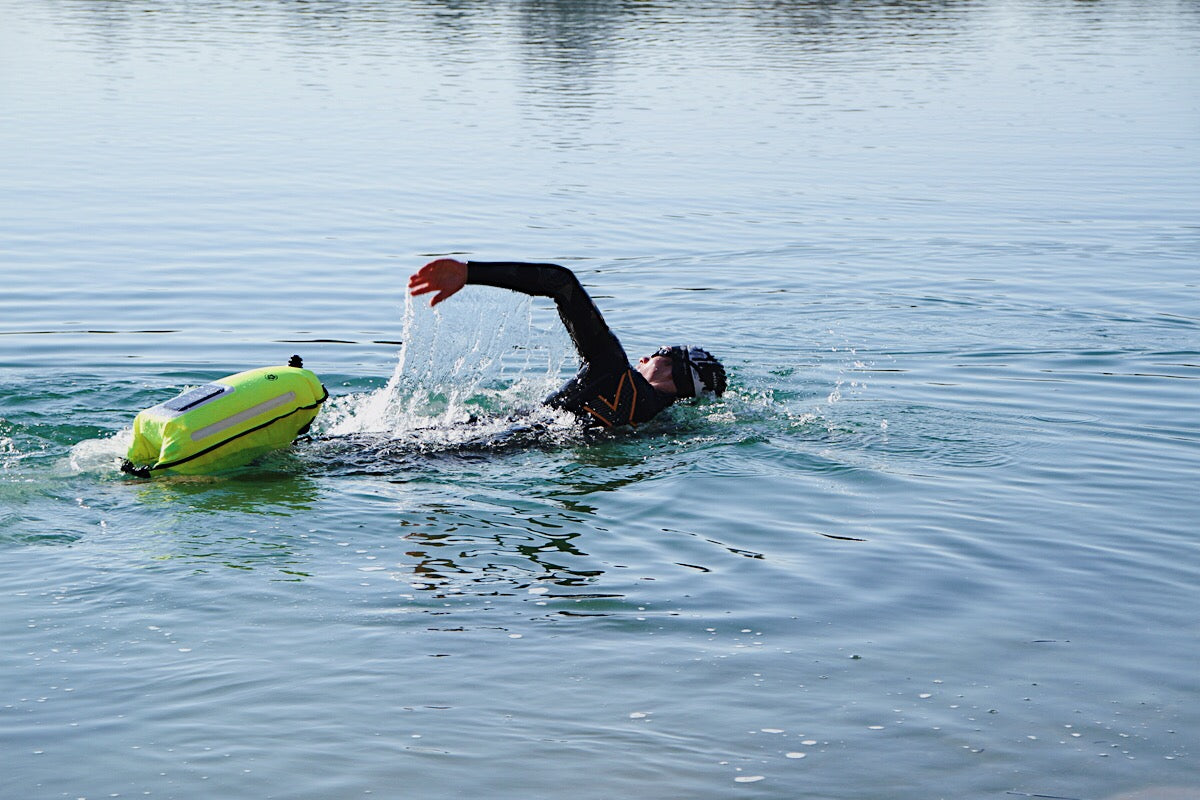There is much debate among endurance athletes about the anaerobic threshold. Sometimes you should train below it, sometimes above it. What is this anaerobic threshold and what is behind it? triathlon.de explains.
Basically, the anaerobic threshold is defined as the highest possible intensity of exertion that can be maintained without increasing hyperacidity (lactate accumulation). So it's about the intensity at which a balance between lactate formation and elimination can just be maintained.
Also called steady state
This balance is also referred to by science as the so-called steady state. Lactate is always formed, even at low intensities, but at the same time it is broken down again by the muscles and liver. The better the aerobic metabolism is trained, the more lactate can be eliminated from the body.
Too much lactate and your muscles will become acidic
From a certain intensity of exertion, however, the capacity of the oxidative degradation is no longer sufficient to cover the lactate formation. The consequence of this is a steady increase in the lactate concentration. This means that the load can no longer be sustained over a longer period of time. It is also said that the muscles become acidic.
A load at which a lactate steady state is just established is referred to as the maximum lactate steady state ( maxLass ) and is a good criterion for endurance performance. However, the exact determination of this maxLass is very complex and would take several days.
And this is where the anaerobic threshold comes into play
Scientists have tried to find simpler ways to test the maxLass. They found that average loads of around 4mmol/l lactate (i.e. 4mmol lactate per liter of blood) could be maintained over a longer period of time. The intensity at the 4mmol threshold could now be determined using simple step tests and was referred to as the anaerobic threshold. However, training practice showed that this threshold value was too high for athletes with good endurance training.
As a result, other threshold concepts were developed, known as individual an aerobic thresholds (iANS). However, all of these concepts are only tools for determining the maximum lactate steady state and can therefore only approximately determine the physiological basis.
Model dependent: For triathletes at three or four millimoles?
An example of a threshold concept is the Mader model. This sets the IANS (individual anaerobic threshold at a fixed 4 mmol/l (i.e. 4 mmol lactate per liter of blood). The Dickhuth model (see picture above), on the other hand, sets the threshold a little lower at 1.5 mmol lactate above the aerobic threshold (IAS ) firmly.




















